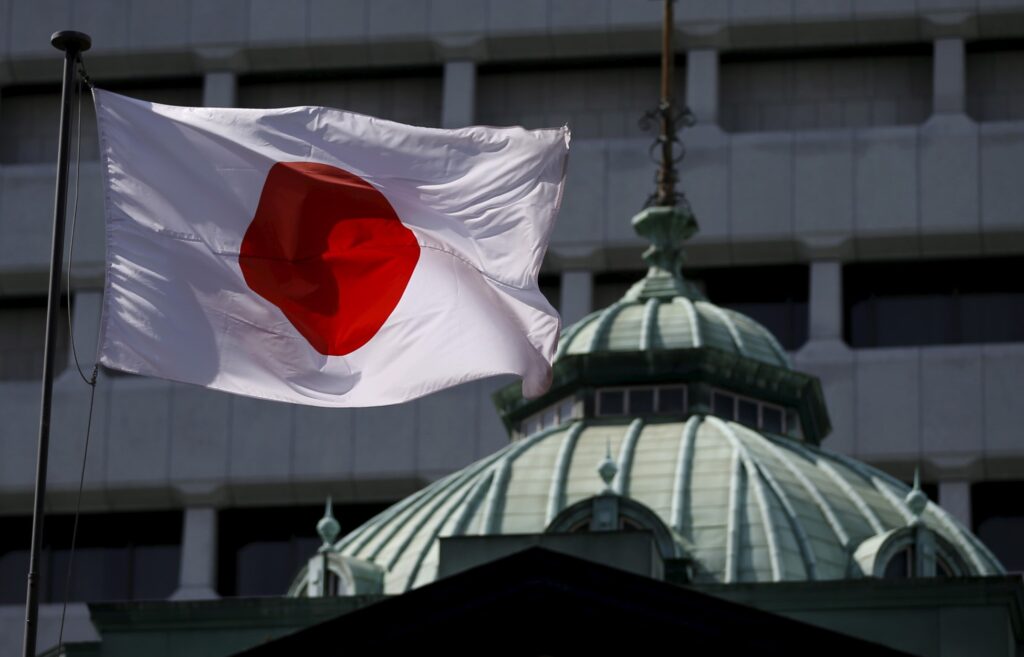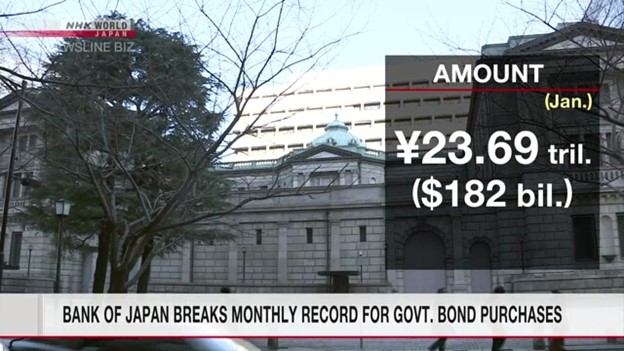It has been almost 10 months since Central Banks across the world started raising rates in the misguided belief that monetary policy is the best tool to respond to an inflation driven by sectoral, supply-side factors. However, one central bank has stood firm with an ultra-loose monetary policy: The Bank of Japan. One of the key, and often criticized elements of this policy has been the yield curve control (YCC). Read on to understand what the YCC means, and if the criticism is deserved.

What does the Yield Curve Control Actually Mean?
The Yield Curve Control policy of the Bank of Japan aims to use its power as the issuer of the Yen to control the yield on Japanese government bonds. As bond prices vary inversely with interest rates, the BoJ can conveniently control bond yields by buying them up until they fall in line with their target rate. Recently, the BoJ reset its target rate:
“While significantly increasing the amount of JGB purchases … the Bank will expand the range of 10-year JGB yield fluctuations from the target level: from between around plus and minus 0.25 percentage points to between around plus and minus 0.5 percentage points.”
The success of the policy lies in the fact that it succeeds in preventing the yields of Japanese bonds from rising, thereby allowing the government to borrow at low rates and continuing to implement policies that help alleviate the cost-of-living crisis that the recent inflationary episode has caused. This is a world apart from the austerity policies that governments in many countries, notably the UK, have implemented in the face of rising borrowing costs.
Therefore, the YCC policy will not only ensure lower borrowing costs (and therefore, an increased likelihood of investment) by the government and the private sector, but also protect the most vulnerable in the face of rising inflation. The Bank of Japan wisely realizes that the current inflationary episode has been caused by supply-side factors and that raising rates and abandoning the yield curve control are crude tools in such a scenario.
How the Markets Have Reacted?
The Yield Curve Control policy has been met with severe criticism by traders, the media, and even some economists; however, such criticism is unwarranted. Further, it comes from the very parties that stand to gain from the BoJ abandoning its YCC and raising interest rates.
Whenever one hears or reads some trader or “financial market expert” claiming interest rates have to rise to deal with inflation, one can conclude that the financial institutions they work for have speculative trades that will benefit from rising interest rates. Similarly, when bankers or economists who hold advisory positions at banks claim that the policy needs to be abandoned or that it is unsustainable (absurd considering that the BoJ can continue to buy bonds without any limit), it is important to note that banks stand to gain from higher interest rates.
Banks across the US and Europe have been raking in record profits since the central banks in their countries started raising rates. Unsurprisingly, banks in Japan want a piece of the action, and therefore hope that the BoJ will be pressured into raising rates.
So the strategy is to get on the TV or in the press and feign concern for accelerating inflation and urge responsible monetary policy adjustments when the only motivation is to profit. The other strategy is just as futile. Traders may try to sell bonds in an attempt to push yields up, however, as mentioned in the BoJ statement above, the bank can use its capacity as the issuer of the Yen to buy up bonds indefinitely and control yields. It cannot be pressured by either of these tactics to abandon this policy.
Unfortunately, the media plays along and amplifies such lies and the propaganda of the aforementioned parties.
The Economist claimed that after the announcement (referring to the BoJ announcement quoted above) the 10-year bond yield had “surged” – it rose modestly from 0.25 to 0.4 per cent in line with the changed policy. It also claimed that the policy shift “spares the BoJ months of bond-buying to enforce the old cap, and the greater losses it would endure on its bigger bond portfolio.”
Losses on the bond portfolio? Why would the Bank of Japan, or any central bank care about any book losses on their portfolio? Central banks do not operate like commercial banks and can continue to take losses on their portfolio, and even operate with “negative” capital.

One can find further statements in the press such as,
“Looking ahead, markets could well test the BoJ’s resolve even more aggressively, as they attempt to force the BoJ to ditch YCC”.
The market, as explained above, cannot test the resolve of the central bank. The market has no power against the ability of the BoJ to issue the Yen for its bond purchases. One investor quoted by the Economist claimed this was the beginning of “Operation Freedom”. The freedom to allow banks and traders to gain at the expense of higher borrowing costs for Japanese people and the government?

Fortunately, the markets are not going to be allowed this freedom, at least under the current leadership of the BoJ. The BoJ, as stated in its press release, is only focused on creating a higher wage, higher productivity economy, without unnecessarily raising rates and borrowing costs for its citizens.
Meanwhile the low borrowing cost has allowed the Japanese government to implement its fuel subsidies scheme as a measure to alleviate inflationary pressures on the Japanese people. Traders can continue to test the resolve of the BoJ as much as they like, however, the bank can indefinitely choose to prioritize the interests if its people over the interest of the financial markets
Written by Rohan Dubey
Edited by Yashvi Vasani




